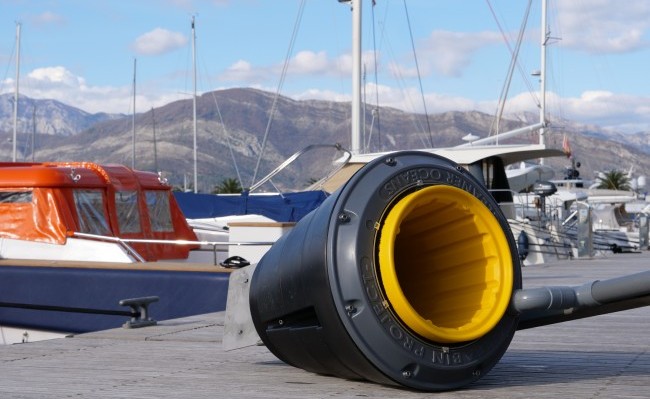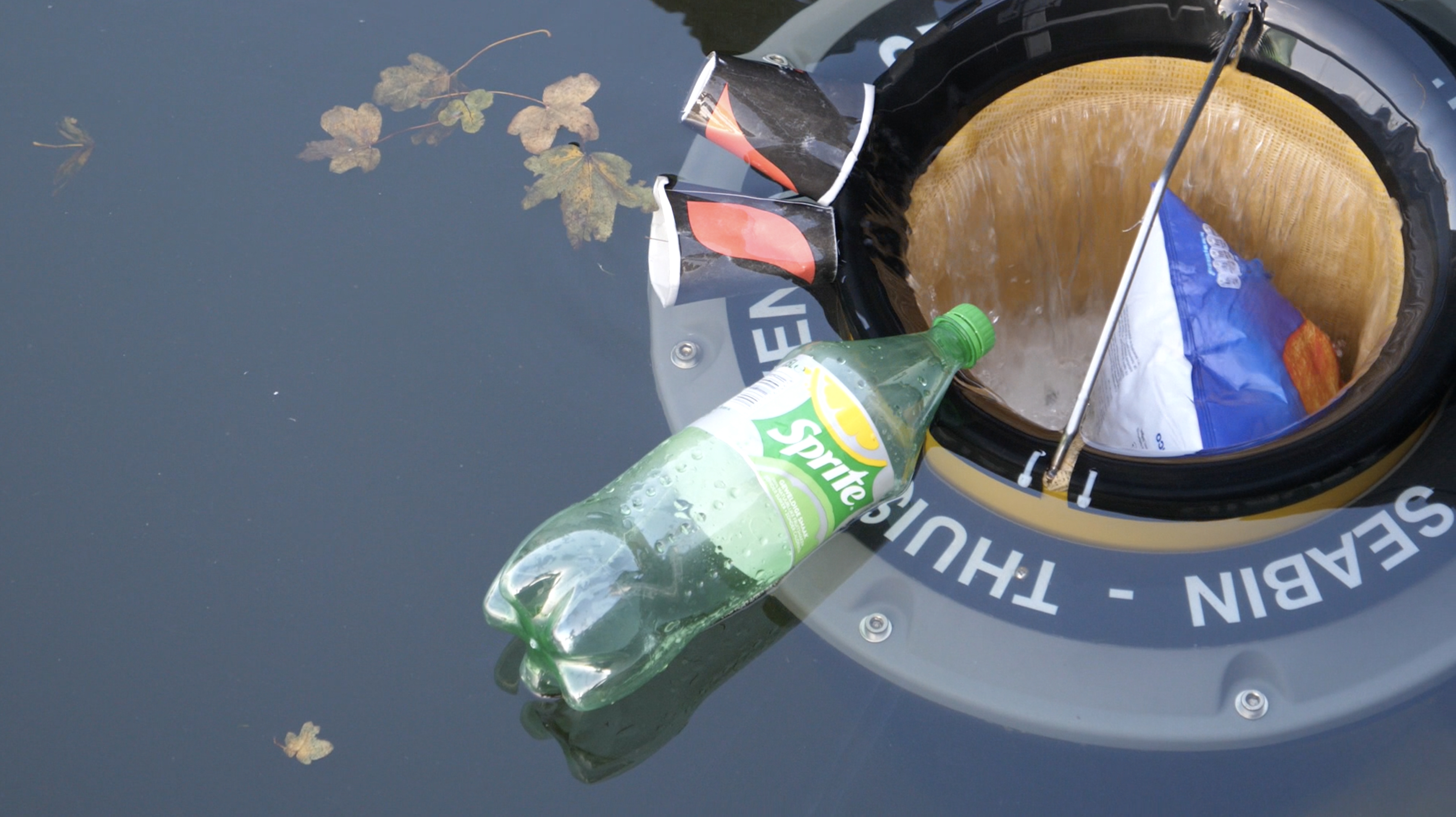Growing up in Byron Bay, on the east coast of Australia, Pete Ceglinski always felt connected to the ocean. Fighting to protect it felt as natural to him as breathing.
“Where I’m from, we start surfing at six or seven years old and never look back,” he explains. “It teaches you to respect the waves and look after them.”
In his “first life” Ceglinski designed and engineered plastic-injection molded products, but that career was a miserable fit. He was the person behind an endless parade of gadgets that were made to be used for a year then break — actively contributing to the planet’s trash problem. It felt like a betrayal of the ocean that he’d sworn to protect.
Troubled by this realization, Ceglinski quit his grind to spend the next several years traveling around the world, building boats. It kept him near the ocean and reduced his own footprint. But it still didn’t feel like enough. As the vagabond went from harbor to harbor and marina to marina, he was devastated by the amount of trash he saw. The takeaway was clear: The ocean was in crisis and it needed someone to help in the fight.
“Everywhere we went there was all this debris, floating trash, and just… really disgusting stuff in the marinas,” he says. “We just thought, ‘If you have rubbish bins on the land, why can’t we put them in the water?’ We started off with that simple idea.”
Ceglinski and co-founder Andrew Turton daydreamed about creating an aquatic trash collector. They wanted a life filled with surfing and enjoying the ocean while also having a positive impact on the environment. After years of making plastic-products, Ceglinski felt like it was time to give back.
“I had always just done things for myself,” he says. “This was the golden opportunity to be creative and to make an impact.”
In 2015, Ceglinski ditched boat building once and for all and began trying to bring his vision of “the Seabin” to life. Not only did he create the prototype, he also designed the marketing, packaging, and graphics. It felt like all of his various life skills and experiences were converging at the perfect moment.

The result of all this effort and soul-searching is made with HDPE plastic (which is 100% recyclable), and a stainless steel metal bracket (which is also recyclable). The goal is to not only make the Seabin recyclable but also to make it out of recyclables. Eventually, Ceglinski and Turton want to create the units entirely from recycled trash they remove from the ocean.
Among users, response to the product has been overwhelmingly positive. One Seabin can keep about 300 square meters of water clean and it only costs one U.S. dollar a day to operate. Still, for Ceglinski getting people to genuinely care about what’s happening to the ocean is a constant uphill struggle. It’s why the company incorporated education and science programs into their business model, trying to teach students about the impact of plastics in the ocean. There’s also a data collection program — tracking what the Seabins pull from the ocean each day. Data shows that one Seabin collects three pounds of trash per day; 1.5-2 tons of debris a year.
Though figures about the state of our oceans are horribly bleak, Ceglinski believes he can excite people through positivity. The goal is to remind us all to look at our own beaches and oceans and want to keep them pristine.

Last month, Ceglinski and Turton sent out 90 Seabins to harbors around the world. This month, they hope to deploy a full 100. The onetime plastic designer is excited to see the project growing and people investing in the technology.
“At the end of the day, this product isn’t gonna save the oceans,” Ceglinski admits. “The only thing that is gonna save the oceans is changing our consumer culture and changing our throwaway culture and reusing — just being a bit more conscious and responsible for our own actions.”
Ceglinski feels certain that it’s not too late for a massive turnaround. A tide change, if you will. And the Seabin is surely part of that shift.
“There’s heaps of magic left in the ocean,” he says. “This is a real transitional period. We’ve trashed the place, but now, we’re learning from our mistakes and trying to help it recover.”






